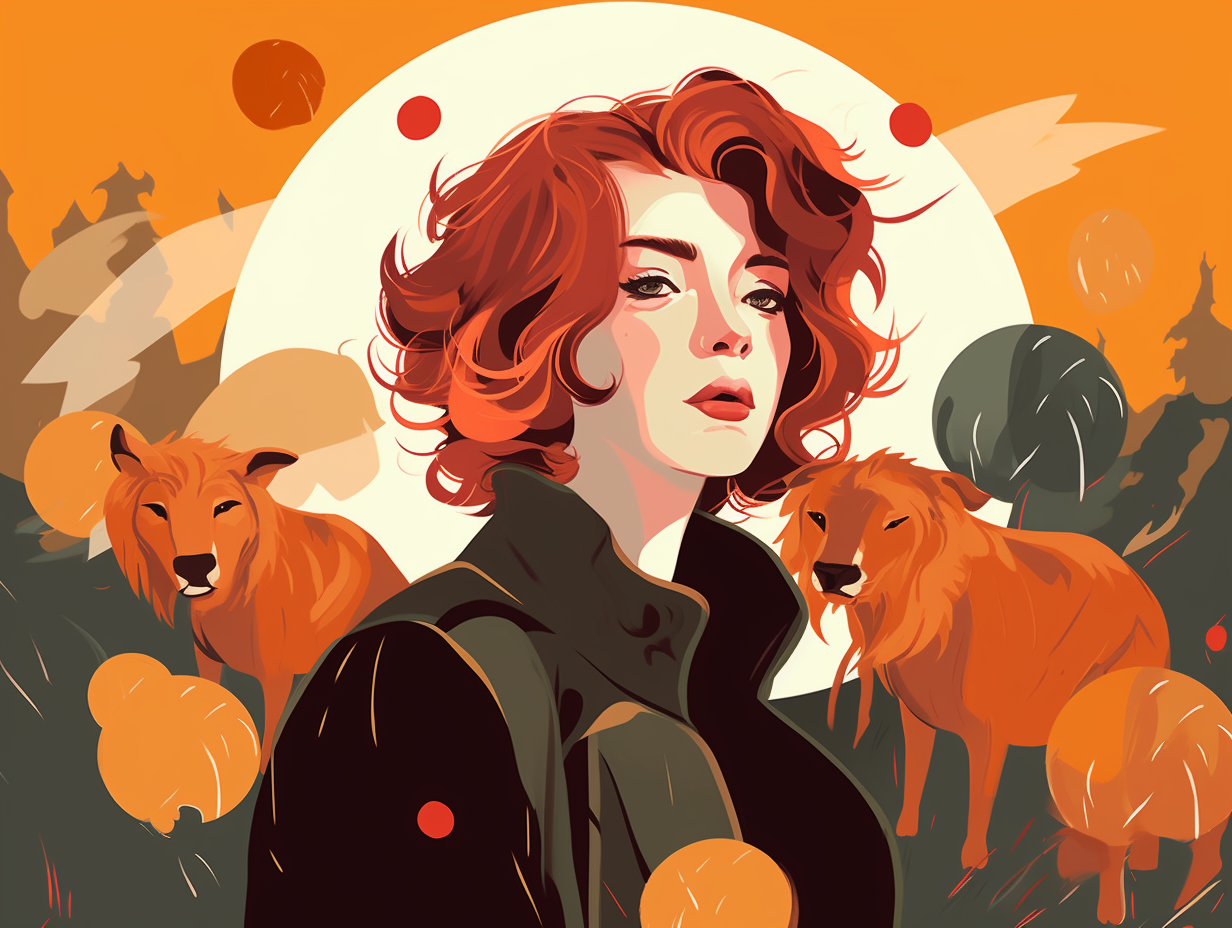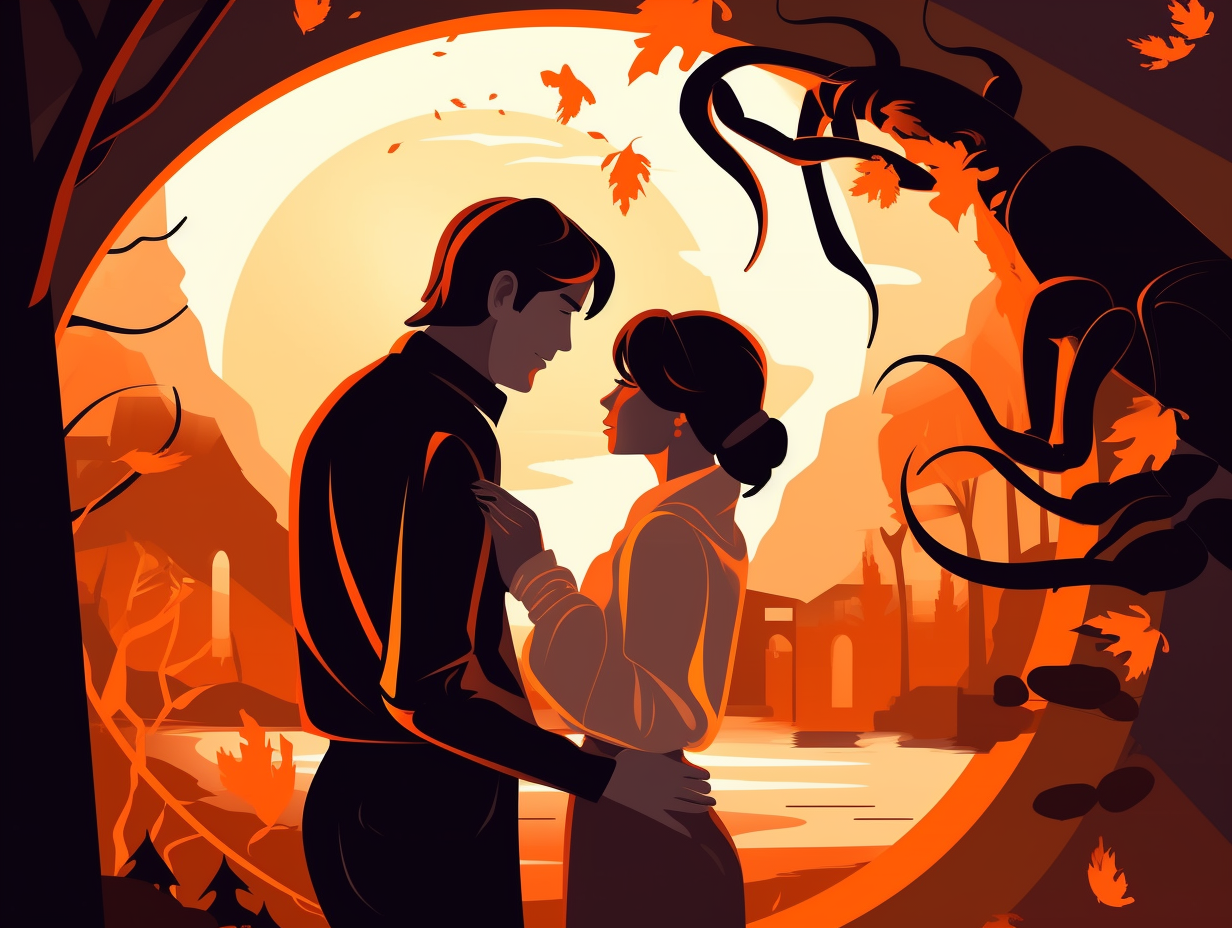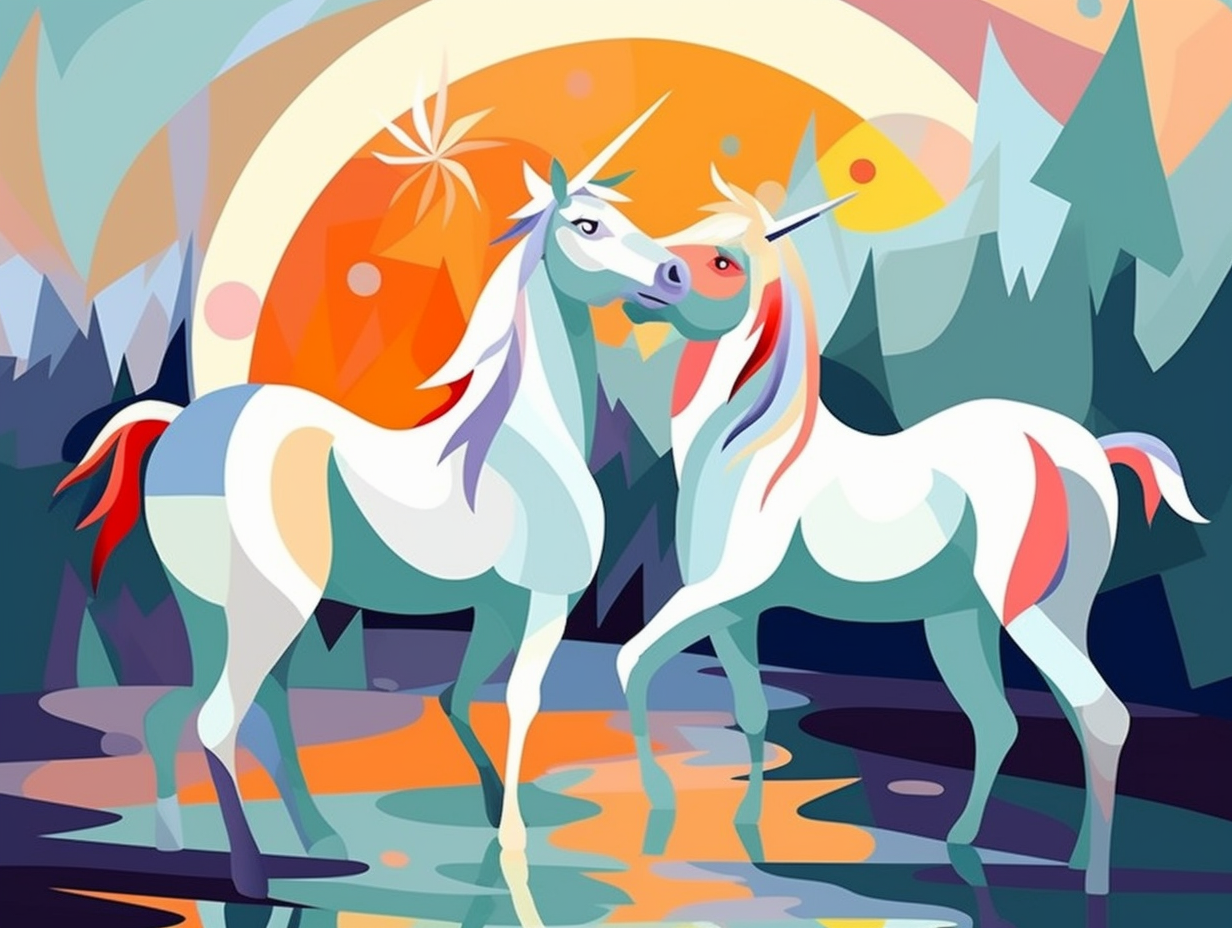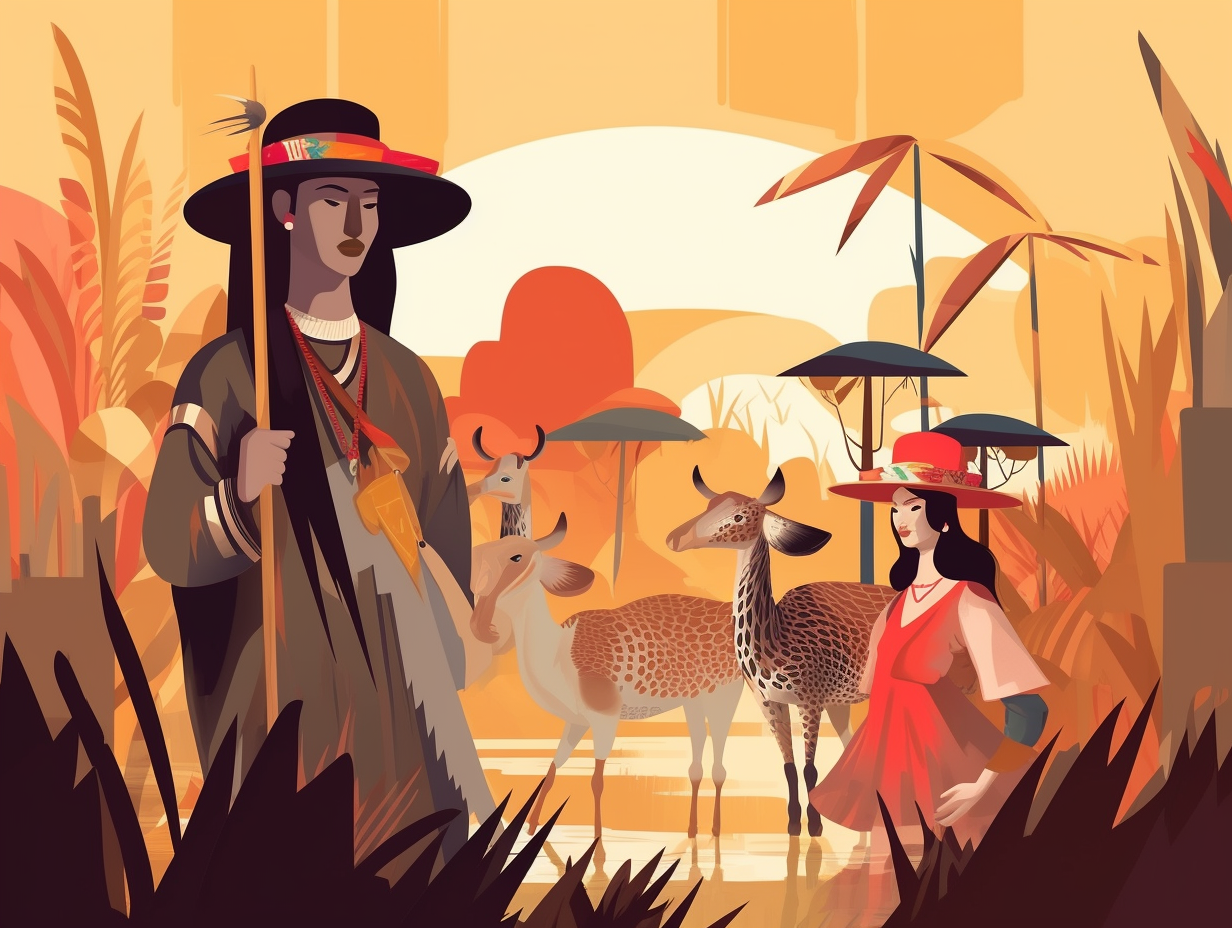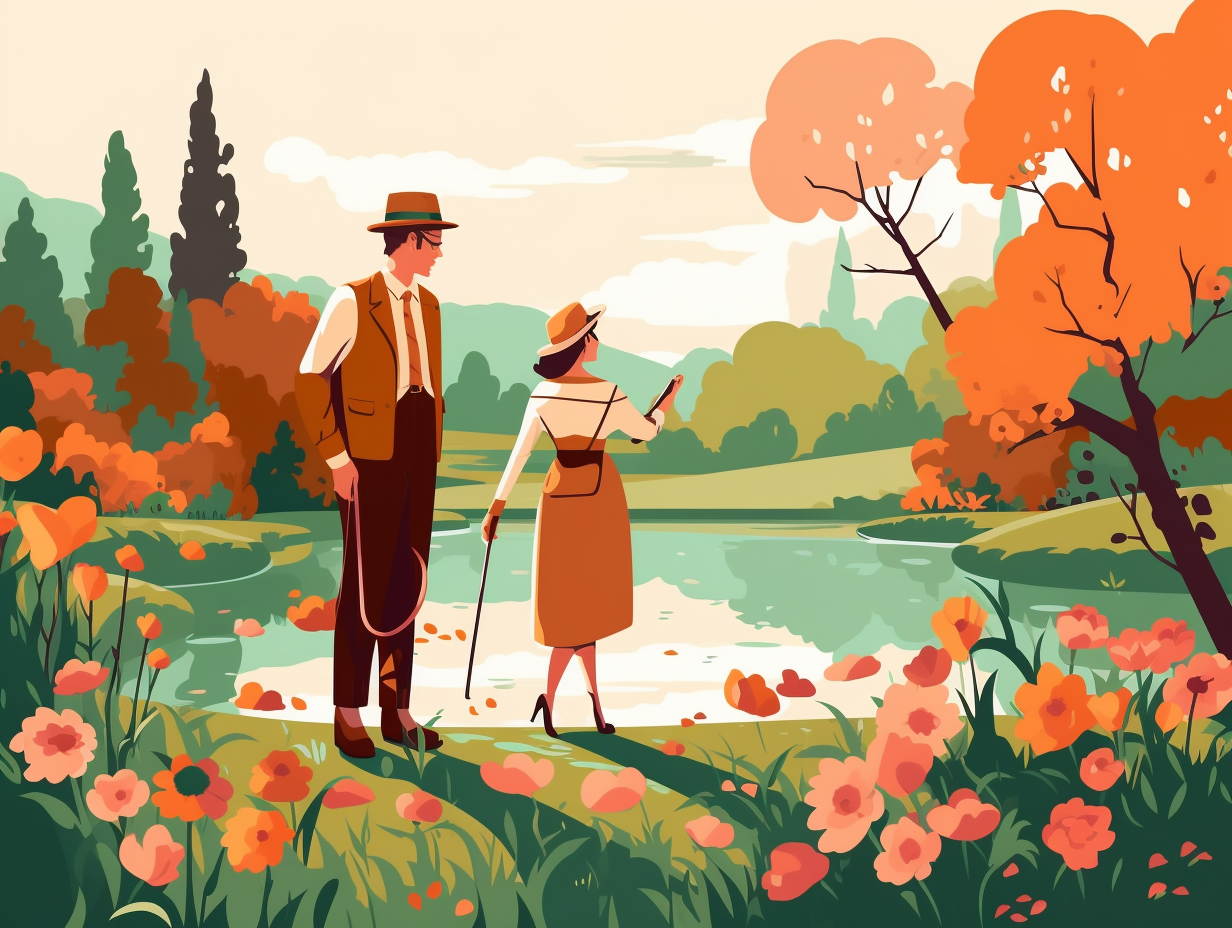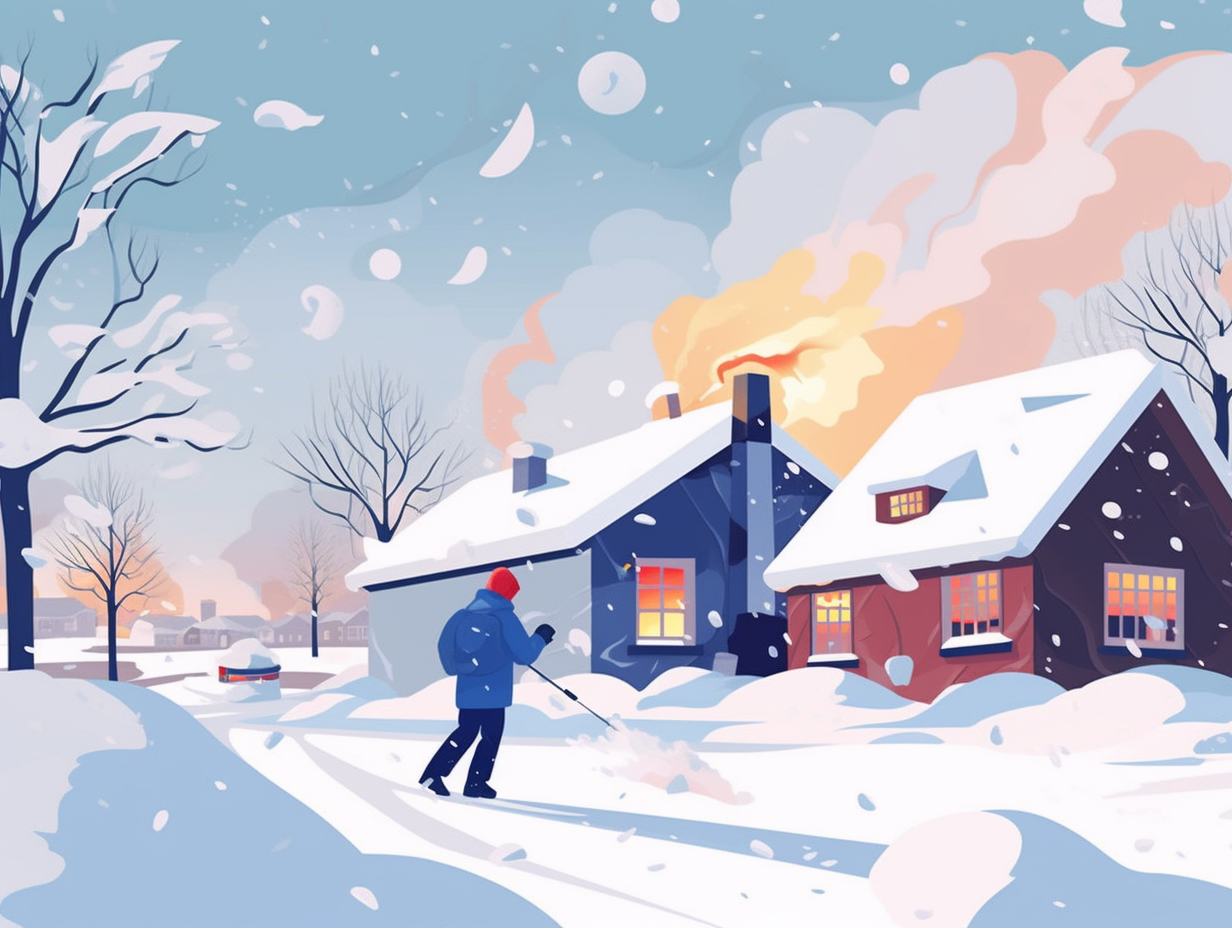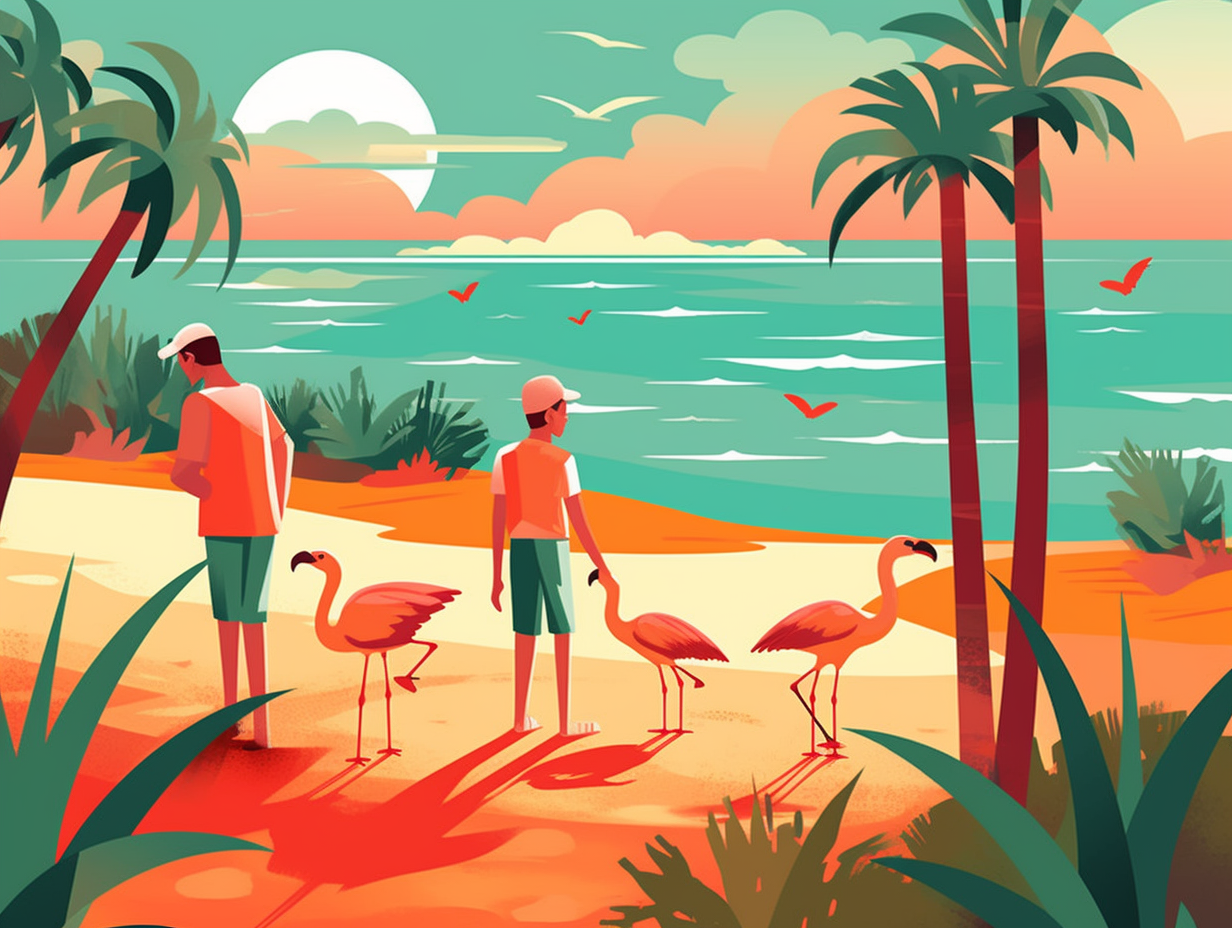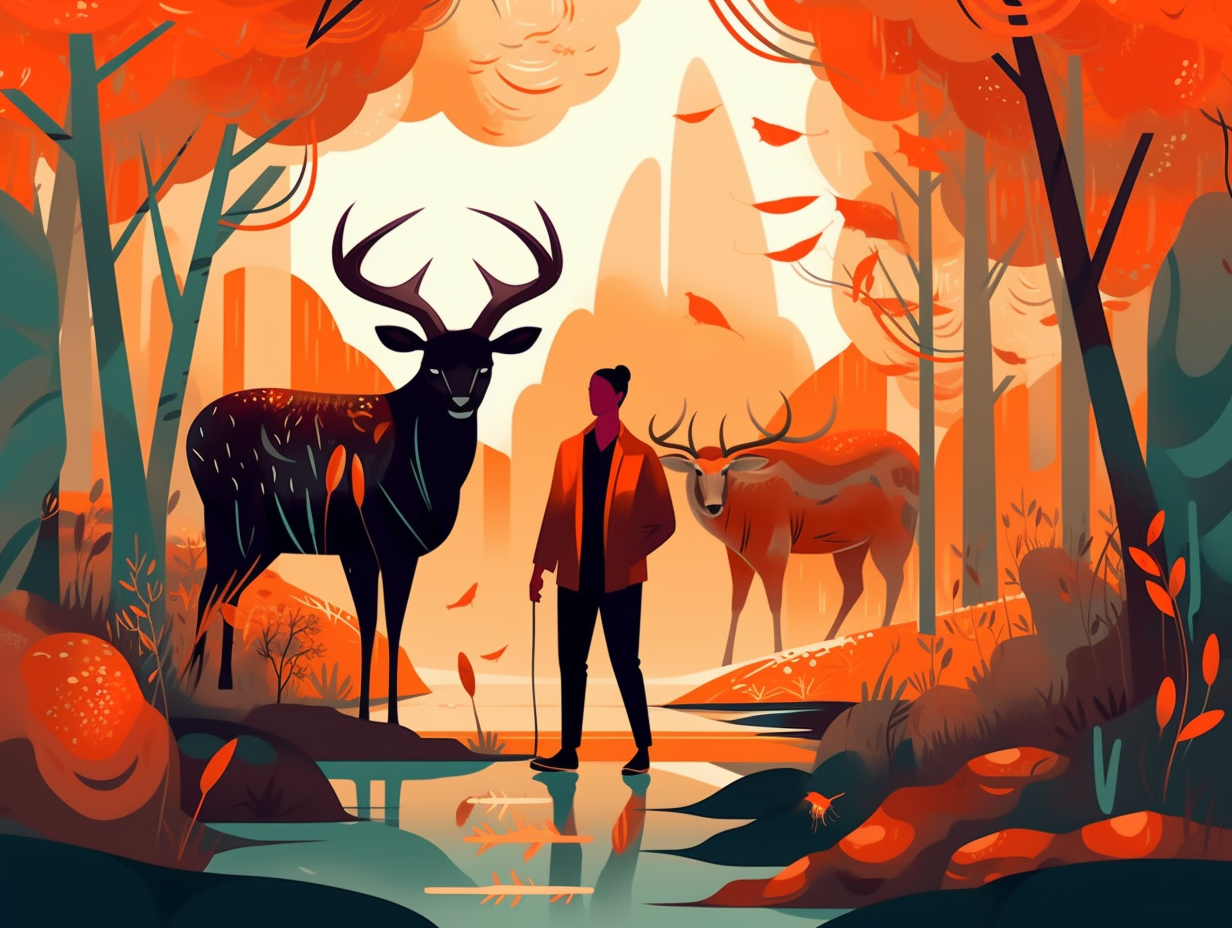11 Surprising and Entertaining Facts About the Iconic Hollywood Sign You Never Knew!

1. From Real Estate Ad to Iconic Symbol
In a plot twist worthy of a Hollywood blockbuster, the iconic Hollywood sign once had delusions of grandeur and went by the moniker "Hollywoodland": In 1923, it was originally built as a temporary advertisement for a local real estate development, with its intention to promote the neighborhood's name rather than directly sell homes. Over time, it shed its last four letters and transformed into a symbol of Tinseltown itself. Surviving vandalism, pranks, and decay, the sign underwent a steel makeover in 1978 to ensure a longer run time, and now graces the silver screen and internet memes – just bask in its glory from the designated viewing platforms in Griffith Park.
Source => en.wikipedia.org
2. Not as Big as Lady Liberty
Don't let those Hollywood hills have eyes, but they sure do have letters! Nestled atop Mount Lee, that majestic monument ought to be older than the hills but might not size up to your imagination: with letters just 45 feet tall, the illustrious Hollywood Sign spans a mere 350 feet – not quite as colossal as Lady Liberty, who stands tall and proud at over 300 feet!
Source => theguardian.com
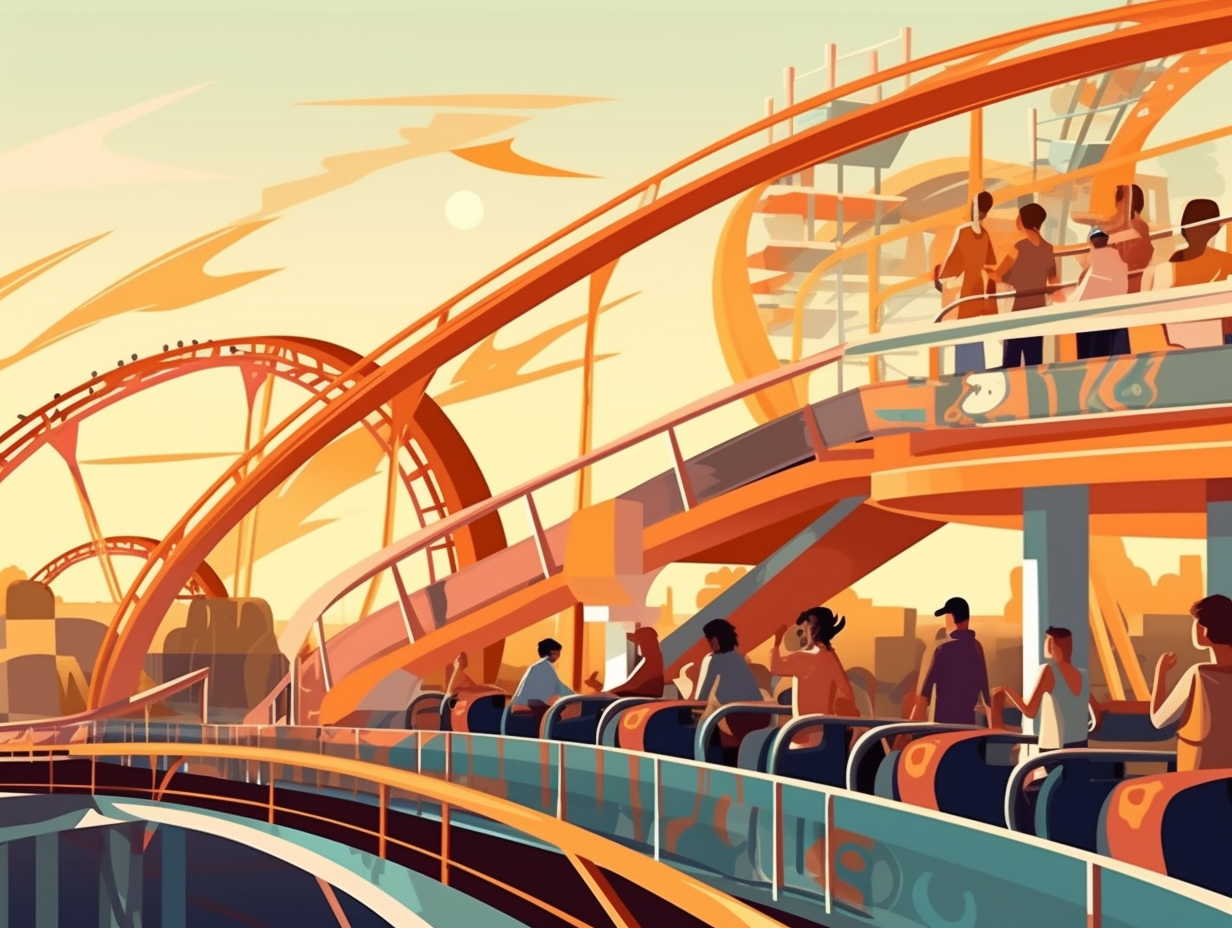
Did you know America's first roller coaster was originally a coal transport system? Hop on for a thrilling ride through history and discover how a nickel changed the game! 🎢🛤️
=> Fun Facts about Roller-Coasters
3. Prankster's Playground: Hollyweed
From Tinseltown's temporary "high" times to one man's ultimate game of "Sign, Sign, Everywhere a Sign": The Hollywood Sign, built in 1923, originally read "Hollywoodland" as a marketing ploy for a new housing development, but prankster Danny Finegood made headlines in 1976 by changing it to "Hollyweed" in celebration of California's marijuana law changes—and didn't stop there, later tweaking the sign to read "Ollywood" and "Oil War" as his own forms of protest.
Source => theguardian.com
4. A "For Sale" Sign Turned Famous
If the Hollywood Sign had a dating profile, it would say "here for a good time, not a long time; started as a real-estate advert, stayed for the fame": Built in 1923 as a temporary marketing ploy, the sign originally read "HOLLYWOODLAND" with its wooden letters beaming out 4,000 radiant light bulbs. The sign wound up overstaying its 18-month lifespan and shedding some bulbs on its journey to becoming the legendary symbol it is today.
Source => en.wikipedia.org

5. Time-Traveling Hollywood Archaeology
Like a time-traveling archaeologist on a Hollywood treasure hunt: during the restoration work in October 2020, crews uncovered the original 1923 foundation of the Hollywoodland sign, remnants of the "lean-to system," and even names and handprints of the 1978 rebuild crew – all while preparing the iconic sign for its 100th anniversary in 2023.
Source => deadline.com
6. The Temporary Star that Lasted
In a plot twist that even Tinseltown screenwriters would envy, the Hollywood Sign was originally a temporary "For Sale" sign for a real estate gig: Erected in 1923 to advertise the local development called Hollywoodland, this iconic landmark was meant to last just a year and a half but ended up grabbing a starring role for itself. Fast forward to 1978, and the sign received an all-steel facelift, ensuring it would withstand the test of time and continue captivating audiences more than 90 years later.
Source => en.wikipedia.org
7. The Real Hollywood Giants
Forget Shaquille O'Neal, a German Shepherd on stilts, or even your tallest friend, these giants have got them all beat: Each letter in the Hollywood Sign stands a whopping 45 feet tall (13.7 meters), initially crafted as a fleeting ad in 1923, but its undeniable charm turned it into the iconic Los Angeles landmark we all know today.
Source => measuringstuff.com
8. The Story of Hollywood's "For Sale" Sign
In a classic tale of "billboard goes Hollywood," the iconic white letters perched high on the Los Angeles hillsides have seen it all, from humble beginnings to A-list makeovers: Initially erected in 1923 as a temporary advertisement for the Hollywoodland housing development, the sign quickly came to represent the glitz and glamour of Tinseltown. In 1949, the deteriorating "Hollywoodland" sign got a facelift, courtesy of the Hollywood Chamber of Commerce, which removed the "land" portion and gifted us the present moniker. After several decades of decay, the modern-day symbol of fame and fortune underwent a full reconstruction in 1978, with Hugh Hefner hosting a swanky fundraiser where his star-studded circle sponsored the individual letters. And despite its glam, this classic Tinseltown totem has also endured its share of unglamorous pranks like a 2017 vandalism that rebranded it as "Hollyweed" for a day.
Source => refinery29.com
9. Cheech & Chong Approve: Hollyweed
In a puff of inspiration, some industrious pranksters gave Tinseltown a new nickname that would leave Cheech and Chong grinning ear-to-ear: In 1976, college student Danny Finegood and his comrades ingeniously altered the iconic Hollywood sign to read "Hollyweed,” using black and white fabric to modify the "O's" into "E's," celebrating the recent relaxation of California's marijuana laws.
Source => history.com
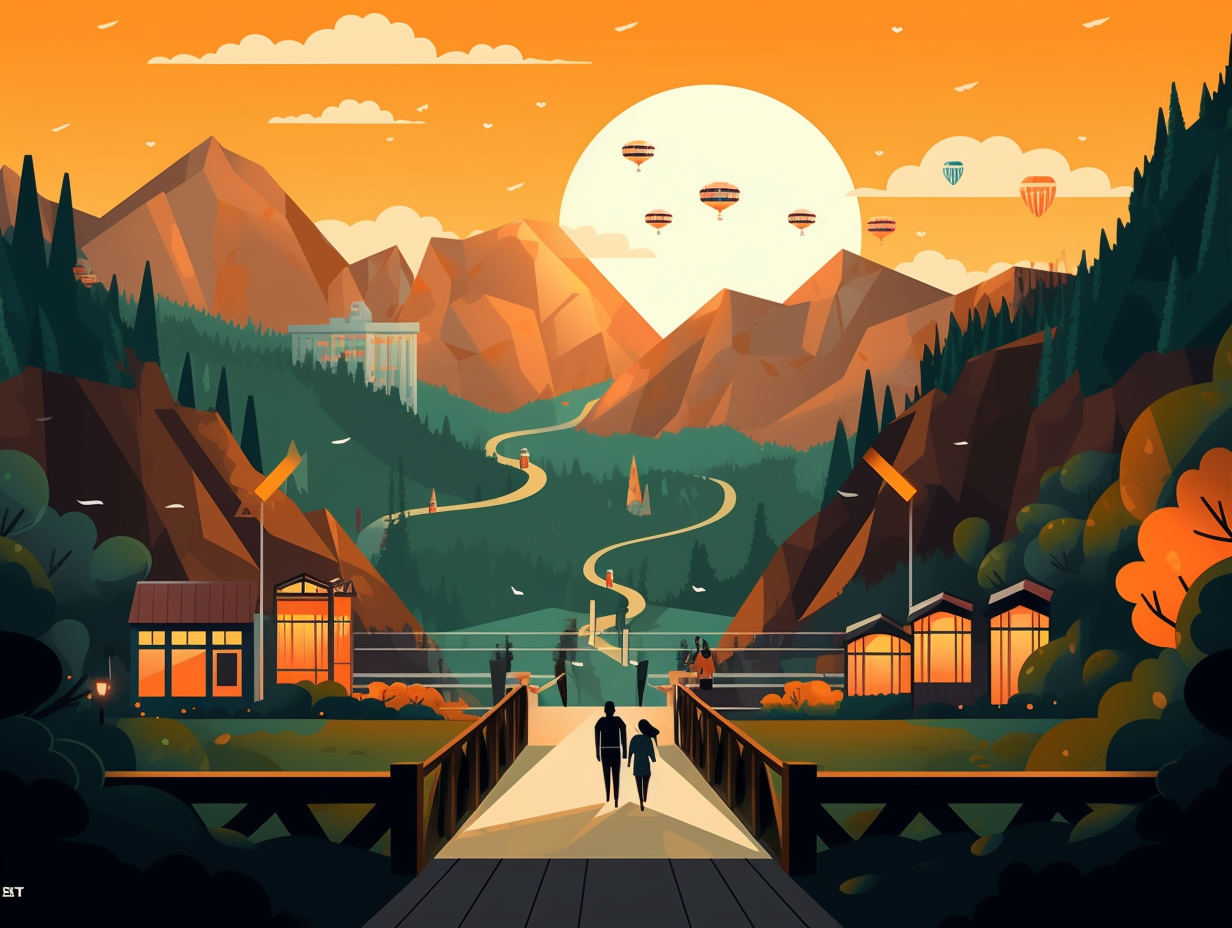
10. Owning a Piece of Hollywood History
In a twist of fate that would surely make Tinseltown proud, the Hollywood sign refused to accept the fate of a washed-up starlet clinging to a lawless "d" and pursuing a doomed career in real estate. Oh, how the mighty letters have risen: Once an elaborate advertisement for a 1923 housing development called "Hollywoodland," this ginormous typographical marvel went from being property of the Los Angeles Times and developer Harry Chandler to becoming a symbol of the iconic city itself when the Chamber of Commerce gave it a much-needed facelift in 1949, bidding farewell to its trailing "-land."
Source => theguardian.com
11. Special Occasion Light Show
Despite what Hollywood fairytales tell us, the stars didn't always shine brightly in Tinseltown: In fact, the iconic Hollywood Sign was not illuminated every night from 1923 to 1949, but was instead adorned with 4,000 light bulbs that were only lit up for special occasions due to high maintenance costs.
Source => thenationalnews.com
Related Fun Facts





